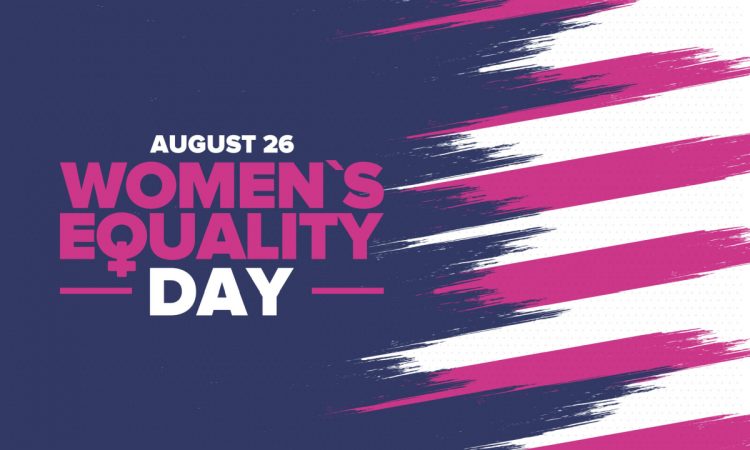Saint Rice, Ed.D, contributed this to the Olin Blog. He is assistant dean and director of faculty, staff and community engagement on the IDEA team.
As a community, Olin is making amplified efforts to support our diverse population by creating a welcome and inclusive educational environment. This month, we celebrate and observe a significant milestone that marked American women’s advancement toward equality with men. Here, the women’s suffragist celebrates a generation that stimulated change to make what was thought impossible possible.
In addition, we would like to recognize and celebrate Lt. General Michael Langley for his historic Senate confirmation on Tuesday, August 2, as the first Black four-star general in the United States Marine Corp.
Likewise, as we prepare for a new academic year, we encourage you to explore and consider ways you can encourage each other to persist and prevail in an inclusive learning environment.
Together, we welcome and value all. Click here to learn more about Olin’s commitment to equity, diversity and inclusion.
Women’s Equality Day (August 26, 2022)
Description: Women’s Equality Day is celebrated in the United States on August 26 to commemorate the 1920 adoption of the Nineteenth Amendment (Amendment XIX) to the US Constitution, which prohibits the states and the federal government from denying the right to vote to citizens of the United States based on sex.

History/Origin: The Constitutional 19th Amendment, which afforded women the right to vote, was ratified on August 18, 1920, and certified by U.S. Secretary of State Bainbridge Colby on August 26, 1920. In 1971, Representative Bella Abzug championed a bill in the United States Congress to designate August 26 as “Women’s Equality Day.” The bill passed in 1973. This was the finale of a massive, peaceful civil rights movement by women that had its formal beginnings in 1848 at the world’s first women’s rights convention in Seneca Falls, New York. The observance of Women’s Equality Day not only commemorates the passage of the 19th Amendment but also calls attention to women’s continuing efforts toward full equality. Workplaces, libraries, organizations and public facilities now participate in Women’s Equality Day programs, displays, video showings or other activities (Nationalwomenhistoryalliance.org).
Ways to oberve
Get informed. Reading and learning more about feminism and the fight for equality through history can inform children, teens and adults (see additional resources below).
Advocate for fair pay everywhere. Whether in your workplace or as an effort to boost revenue in your community, understand the long-term consequences of unequal pay. Gender and racial equity can begin with fair and better compensation.
Advocate for paid parental leave. The motherhood penalty is tangible and measurable. Whether you fight for it in your organization or communicate the need for it to policymakers, childcare concerns and costs weigh heavily not just on the family purse but on the mother’s career.
Vote. Whether for the school board, city council, community representation, state representation or the office of president, exercising the right to vote that was hard won a century ago is the best way to celebrate Women’s Equality Day.
Additional resources
5 Black Suffragists Who Fought for the 19th Amendment—And Much More
By One Vote: Woman Suffrage in the South | The Citizenship Project | NPT
Gender and the Economy, “Intersectionality and the Implications for Workplace Gender Equality.”
Women’s History Milestones: A Timeline
We invite you to continue to learn more about how you can engage in the work of positive change and champion inclusion. In addition to the resources included above, our microlearning journeys from Blue Ocean Brain housed in the Learn@WashU platform are another place to start.
Our new micro-learning journeys for August, available on the Learn@WashU platform, include:




 Laura Glanz, BA ’21 is a strategy fellow at
Laura Glanz, BA ’21 is a strategy fellow at 



